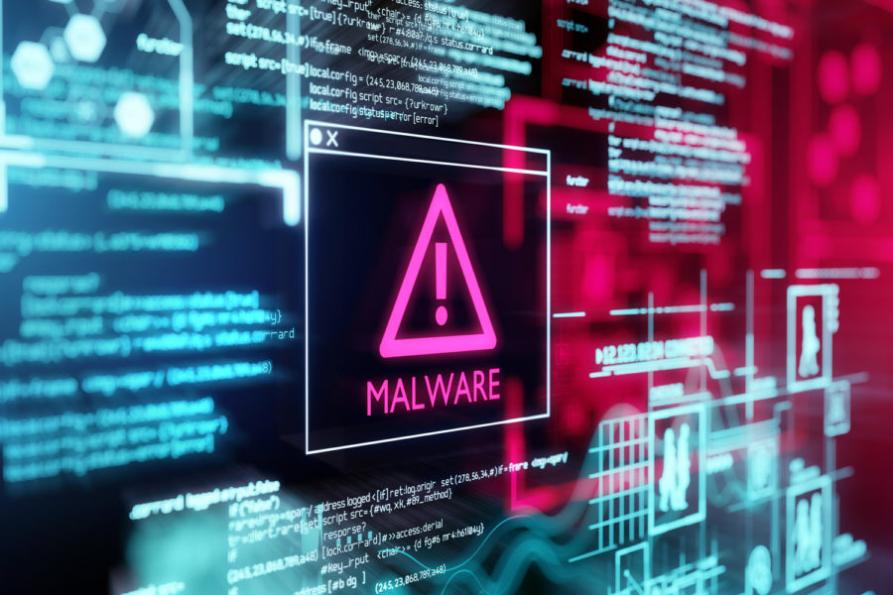What are the Best Practices for Implementing Fraud Detection Systems?
Introduction:
Fraud detection systems play a crucial role in preventing financial crimes and safeguarding organizations from financial losses and reputational damage. With the rising incidence of fraud, robust detection mechanisms have become essential for businesses of all sizes.

This article explores the key considerations, best practices, and emerging trends in implementing effective fraud detection systems.
I. Key Considerations For Effective Fraud Detection Systems:
1. Data Collection And Analysis:
- Gather comprehensive data from various sources, including transaction records, customer profiles, and behavioral data.
- Cleanse and transform data to ensure accuracy and consistency.
- Utilize data analytics techniques, such as pattern recognition and anomaly detection, to identify suspicious patterns and behaviors.
2. Risk Assessment And Profiling:
- Identify high-risk customers and transactions based on historical data and behavioral patterns.
- Employ machine learning algorithms to create predictive models for fraud detection.
- Continuously update risk profiles based on new data and changing fraud trends.
3. Rule-Based And Heuristic Approaches:
- Implement rule-based fraud detection systems to identify transactions that violate predefined rules and conditions.
- Utilize heuristic approaches to detect suspicious patterns and behaviors that may not be captured by rule-based systems.
- Combine rule-based and heuristic methods to achieve a balanced and comprehensive fraud detection approach.
II. Best Practices For Implementing Fraud Detection Systems:
1. Collaboration And Communication:
- Foster cross-functional collaboration between IT, finance, and risk management teams.
- Establish clear communication channels to facilitate timely information sharing and coordination.
- Conduct regular meetings and workshops to align strategies, address challenges, and share best practices.
2. System Integration And Data Sharing:
- Integrate fraud detection systems with other enterprise systems, such as customer relationship management (CRM) and accounting systems.
- Share data among different departments and systems to enhance fraud detection capabilities and identify cross-channel fraud patterns.
- Implement secure data transfer and access control mechanisms to protect sensitive information.
3. Continuous Monitoring And Tuning:
- Continuously monitor fraud detection systems to ensure optimal performance and identify any system issues or vulnerabilities.
- Regularly tune and adjust system parameters based on changing fraud patterns and evolving threats.
- Implement automated alerts and notifications to facilitate prompt response to suspicious activities.
III. Emerging Trends And Future Considerations:
1. Artificial Intelligence (AI) And Machine Learning (ML):
- Explore the potential of AI and ML to enhance fraud detection accuracy and efficiency.
- Utilize unsupervised learning algorithms for anomaly detection and fraud pattern identification.
- Focus on interpretability and explainability in AI-driven fraud detection systems to ensure transparency and accountability.
2. Real-Time Fraud Detection:
- Implement real-time fraud detection systems to prevent fraudulent transactions in real time.
- Address the challenges associated with real-time fraud detection, such as latency and scalability.
- Leverage in-memory computing and distributed systems to enable real-time fraud detection and analysis.
Implementing effective fraud detection systems is crucial for organizations to safeguard themselves from financial losses and reputational damage. By following best practices, organizations can enhance their ability to detect and prevent fraud, while also adapting to evolving fraud threats and emerging technologies.
Continuous improvement and adaptation are key to maintaining a robust and effective fraud detection system. Organizations should regularly review and update their fraud detection strategies, leveraging new technologies and insights to stay ahead of evolving fraud trends.

YesNo

Leave a Reply